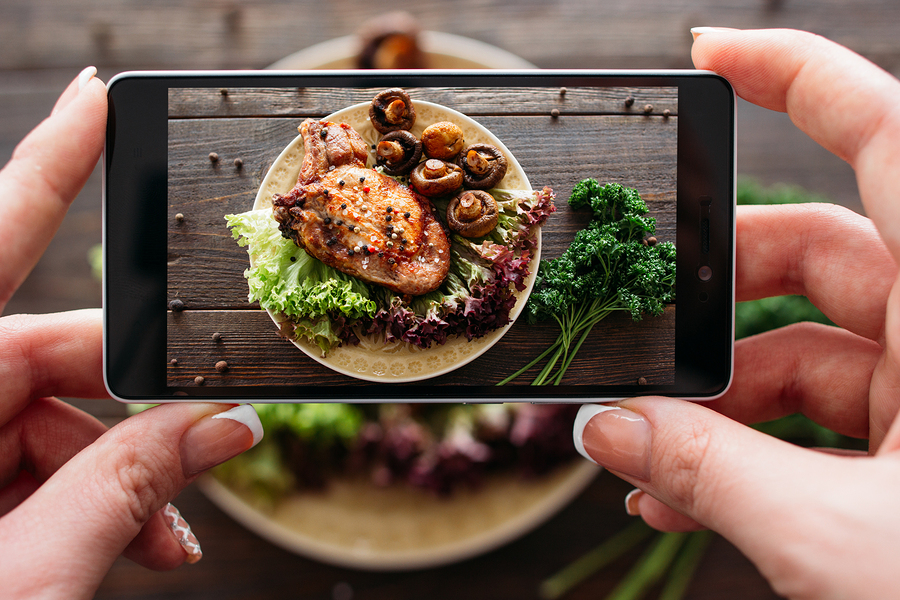
Marketers: Why do we insist on analytical messaging that doesn’t resonate?
September 25th, 2018 Posted by Emergent brand marketing, Brand preference, consumer behavior, Consumer insight, Emotional relevance, Human behavior 0 comments on “Marketers: Why do we insist on analytical messaging that doesn’t resonate?”The sub-conscious rules consumers’ decisions and actions…
This article is about getting results from marketing investments at a time when it seems harder than ever to achieve the desired outcome. There’s a reason and a solution.
The end of time-honored approaches…
When my career started at Ogilvy & Mather-owned Cole & Weber in Seattle, I was enamored by our disciplined approach to immerse ourselves in the client’s business. Exhaustive reviews of competitive brand communications would follow, coupled with deep download discussions on the product’s unique features and benefits. We would dissect and parse this understanding to arrive at a summary of superior claims and advantage. Sound familiar?
And all of this was based on the assumption that if consumers were exposed enough times to the essential ingredients of our client’s product benefit story, in enough places, we would deliver on the almighty combination of awareness and preference.
So where are we now?
It’s fair to say every dollar invested in brand communication comes with an expectation of business-generating result: consumer engagement and action. It is vital to note that we now have a deeper understanding of psychology, consumer behavior and a better grasp of what motivates decisions. This must be factored into how brand communications strategies are assembled.
Even so, it remains common practice to focus singularly on outlining product attributes (all about me), looking to leverage an area of uniqueness that helps separate the brand from everything else it competes with. While this remains a worthy and important part of the strategic process, it should be a secondary consideration behind looking carefully at what we know about the human involved (all about them) and how they really behave in decision making – which is, most often, without consciously thinking.
Fundamentals of more powerful communication
Let’s start with this revelation: attitude change is not the goal. (gasp)
Perhaps most important is understanding that people are feeling creatures who think, not thinking creatures who feel. This is why actions and decisions mostly occur in the sub-conscious – and without the analytical rule of rational consideration of facts, features and benefits.
Instead, we now know that emotion is perhaps the most important and powerful persuasive force, along side the comfort we inherently cherish with top-of-mind familiarity (know it) and perceived popularity (endorsed by others) of a product or service.
So if most decisions and actions are created by the sub-conscious side of the brain, why do we continue to stay focused on analytical forms of messaging that assumes people make rational decisions? History perhaps – and maybe an incorrect assumption the consumer is a fact-driven decision-making machine.
What we now understand is the unrelenting dominance of emotion. Our actions are motivated by how we feel about a brand or business. Purchase decisions are informed by the emotions people have, positive or negative, when they are in the presence of a brand – your brand.
This understanding should have a profound impact on how we go to market –especially food – which is en emotional category to begin with. Better questions to address in planning:
- Do we have insight into the consumer’s passions and concerns around their lifestyle and how the brand sits in service of their needs?
- How can the brand be an enabler of their lifestyle desires?
- What is the emotional fabric and connectivity we can identify between the brand and the consumer’s self-interests?
- How can we best mine emotion since the purchase decision is going to be made by heart rather than head?
For food brands, culinary or healthy lifestyle inspiration is a great place to start because it immediately looks at food through the experience of adventure and eating enjoyment, and the dynamics of higher quality life.
- An example: you can emphasize educational data on the healthy benefits of vegetable consumption, or you can move on the more indulgent flavor experiences of improved vegetable preparation (roasting for example). The indulgent flavor approach will win the battle every time on increasing consumption.
Why? Because we’re human beings first – ruled by our sub-conscious and inevitably tethered to the emotions that govern what we do. This is the path we must follow we get to effectiveness and outcomes that are transformational!
Worth noting that the work produced by Cole & Weber in its heyday, that won respect and awards in the creative community, and client affections, was largely about emotional forms of outreach. It continues to be heart over head…
Looking for more food for thought? Subscribe to our blog.
Bob Wheatley is the CEO of Chicago-based Emergent, the healthy living agency. Emergent provides integrated brand strategy, communications and insight solutions to national food, beverage, home and lifestyle companies. Emergent’s unique and proprietary transformation and growth focus helps organizations navigate, engage and leverage consumers’ desire for higher quality, healthier product or service experiences that mirror their desire for higher quality lifestyles. For more information, contact [email protected] and follow on Twitter @BobWheatley.




